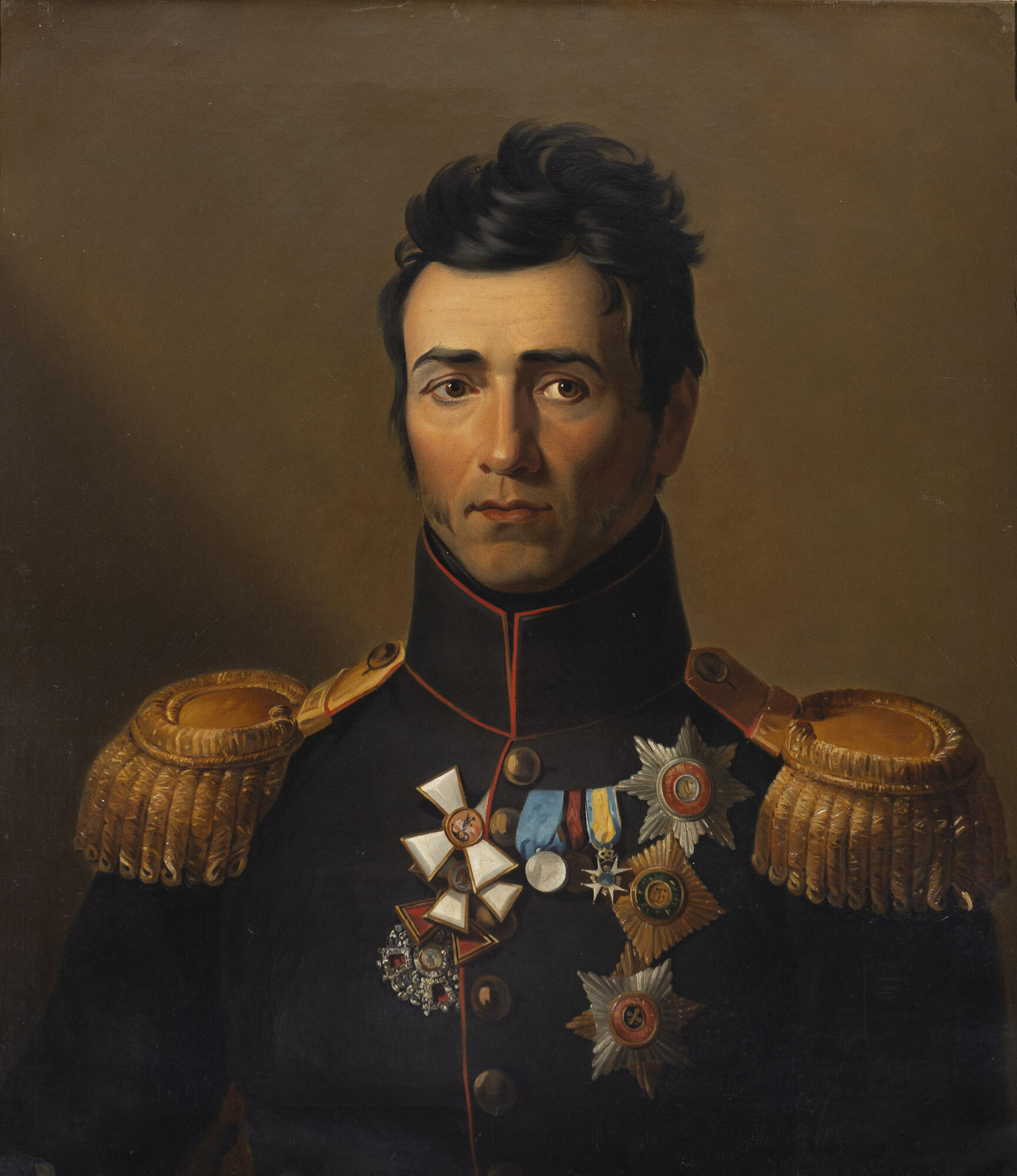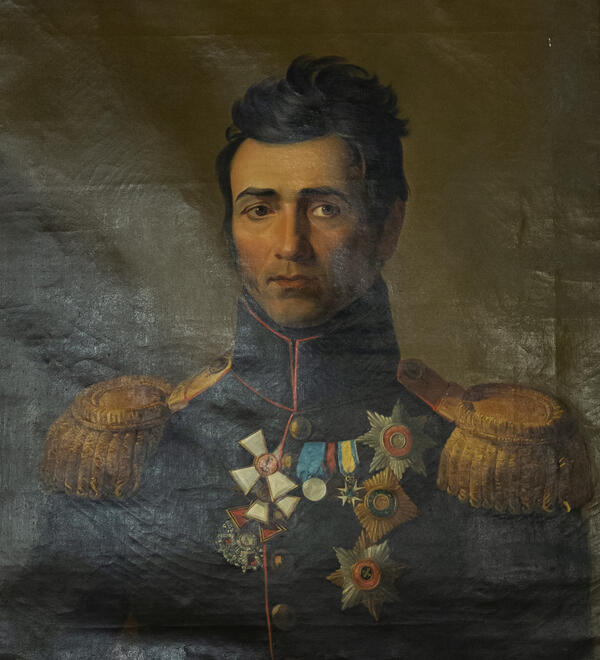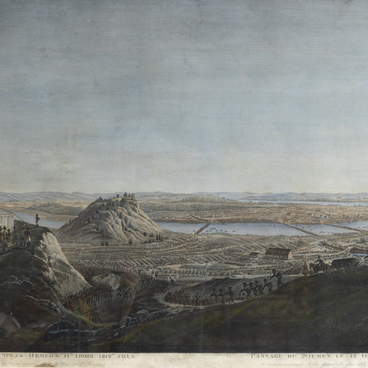Pyotr Mikhailovich Kaptzevich was a nobleman. He studied in the Artillery and Engineering Gentry Cadet Corps. In 1792, he was transferred to the Gatchina troops. In 1797, Pyotr Kaptzevich was promoted to major general and appointed chief of the artillery battalion named after him.
In 1799, Pyotr Kaptzevich became a lieutenant general. After that, he took part in the expedition to Holland (the Anglo-Russian invasion of Holland). In the period from 1803 to 1808, he served in the Caucasus, in campaigns against the Chechens. In 1808, he was appointed general on duty under the Minister of War.
From 1810 he commanded the 7th Infantry Division. In the Patriotic War of 1812, he distinguished himself in the Battle of Borodino and showed courage in the Battle of Maloyaroslavets. In the campaign of 1813, Kaptzevich took command of the 10th Infantry Corps and distinguished himself near Leipzig.
From 1819 to 1827, he commanded the Separate Siberian Corps (at the same time, in 1822–1827, he was Governor-General of Western Siberia). In 1823, he was promoted to infantry general. Five years later, he was appointed commander of the Separate Corps of Internal Troops.
In 1835, he was made an artillery general. During his years of service, Pyotr Kaptzevich was awarded the Orders of St. George, 2nd class, St. Vladimir, 1st class, St. Alexander Nevsky with diamonds, St. Anna, 1st class, with diamonds, a golden sword “For Bravery” with diamonds, as well as two foreign orders.
In the 1820s, a portrait of the Russian military commander was painted by the English artist George Dawe. Among others, it was placed in the Military Gallery of the Winter Palace. Kaptzevich was depicted in an artillery general’s uniform of the 1820 model with a star of the Order of St. Alexander Nevsky, stars and badges of the Orders of St. George, 2nd class and St. Vladimir, 2nd class, as well as a bronze medal “In memory of the Patriotic War”, and Prussian and Swedish insignia. The Borodino Museum-Reserve houses a reproduction of the portrait of Pyotr Kaptzevich by an unknown 19th-century artist. In the 1960s, the painting was transferred to the Borodino Museum-Reserve by the Tsarskoe Selo State Museum and Heritage Site.


